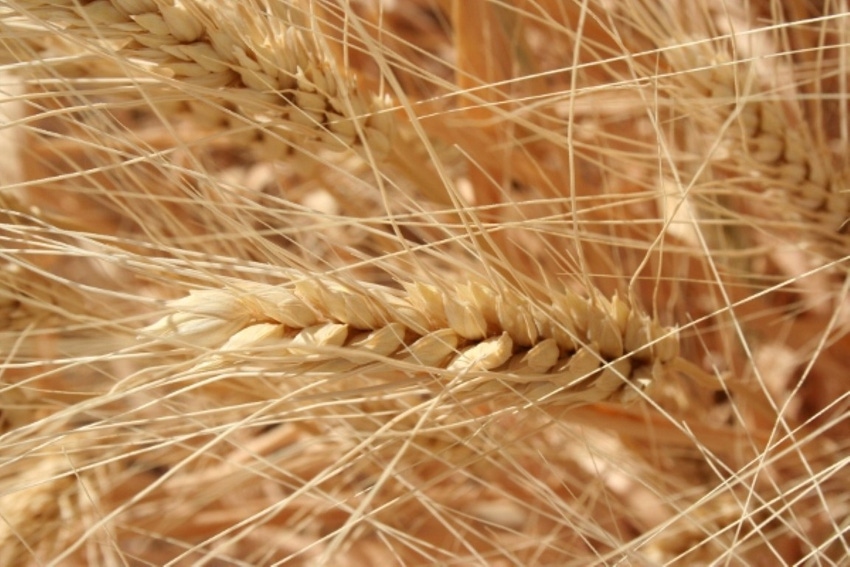
USDA-ARS helping Arizona wheat growers maximize crop inputs
Challenged by diminishing water supplies and rising fertilizer costs, Arizona wheat growers know the exact amounts of water and fertilizer to use is critical. Using too much is not only costly, but can become useless as they percolate too deeply into the soil and can contaminate groundwater.
January 11, 2017

Maximizing yields while using as little water and fertilizer as possible is a top priority for Arizona wheat growers. Challenged by diminishing water supplies and rising fertilizer costs, growers know the exact amounts of water and fertilizer to use is critical.
Using too much is not only costly, but can become useless as they percolate too deeply into the soil and can contaminate groundwater.
Kevin Bronson, soil scientist at the U.S. Arid Land Agricultural Research Center in Maricopa, Ariz., conducts research to show Arizona wheat producers irrigation and fertilizer practices that maximize yield and grain quality.
Bronson and his colleagues grew durum wheat for two years using varying fertilizer and irrigation rates to compare yields. Durum wheat is a $131 million crop in Arizona - used in pastas and sold at premium prices.
The USDA-Agricultural Research Service researchers irrigated two to four times a week with a mobile overhead sprinkler system. Optimal irrigation and fertilizer rates were then calculated based on total yields.
They also designed an ‘economic rate’ that factored in fertilizer costs and market prices for durum wheat.
The researchers found yields increased when they applied more water and fertilizer, but that exceeding optimum levels produced wheat plants that tended to lodge, or fall over, which reduced yields. They also found that when factoring in fertilizer costs that more isn’t always better.
The economic rate, which factored in fertilizer costs, was about 175 pounds of nitrogen per acre. The optimal irrigation level was about 20 inches of water throughout the growing season. Going beyond that caused some water to flow too deeply into the soil for a plant to use.
Bronson hopes the results will encourage growers to adopt overhead sprinklers used in this study which are more precise, and enable crops to use water and fertilizer more efficiently.
About the Author(s)
You May Also Like



